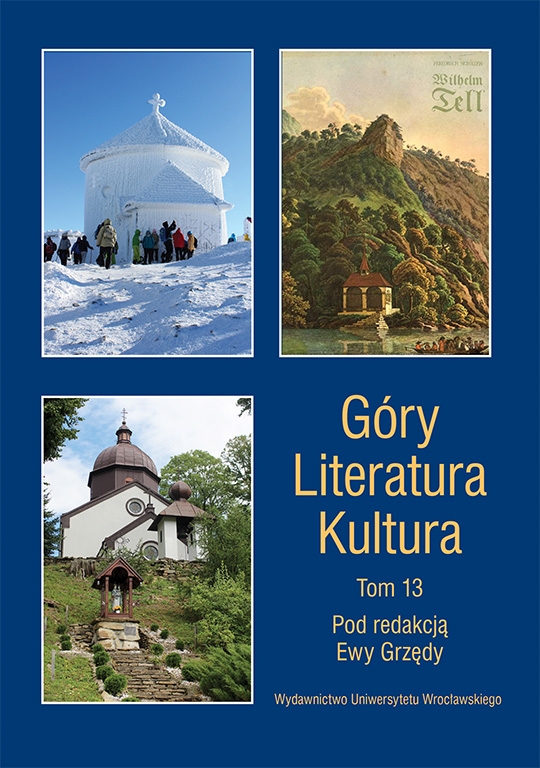

Rozprawy, studia, szkice

The article is an attempt to describe various manifestations of highland folklore in selected literary-musical works, including fragment XV of Wincenty Pol’s 1847 poetic cycle Obrazy z podróży [Images from a Journey] to which music was composed by Adam Münchheimer. It could evenb be said that if Pol expressed in the poem an uncritical idealisation of highland folklore (it is worth noting the visual beauty of the protagonists of this vitalistic dance), Münchheimer took this idealisation even further. Writing the song to be performed by a baritone and male choir, he deprived it of the primeval austerity and uncontrollable dynamics of highlanders’ dance. An important item in the Polish operatic repertoire is Stanisław Moniuszko’s Halka (premiered in 1858), composed to a libretto by Włodzimierz Wolski. Hugely important to the narrative of the work is the fact that Halka is a highland girl and that the action takes place in the village of Odrowąż (probably on the border with Orawa). Scholars agree that there is no real highland folklore in Halka (Moniuszko had never been to the Tatras!); instead, we have an uncritical idealisation of highlanders manifested in a clear axiological division into positive and negative protagonists. In the case of the most popular ballet idealising highland folklore, i.e. Karol Szymanowski’s Harnasie (composed between 1823 and 1831 to a script by Jerzy and Helena Rytard), its stage productions took on various forms, from a faithful reconstruction of highland folklore, to stylisation, from modest sets to colourful spectacle, from a vividly portrayed dramatic conflict to a subtle narrative in which dance became the main means of expression.
In the case of the most popular ballet idealising highland folklore, i.e. Karol Szymanowski’s Harnasie (composed between 1823 and 1831 to a script by Jerzy and Helena Rytard), its stage productions took on various forms, from a faithful reconstruction of highland folklore, to stylisation, from modest sets to colourful spectacle, from a vividly portrayed dramatic conflict to a subtle narrative in which dance became the main means of expression.